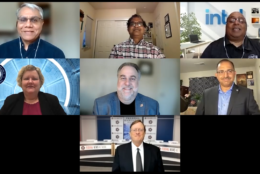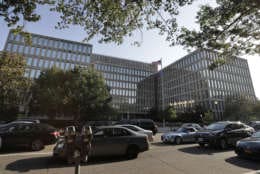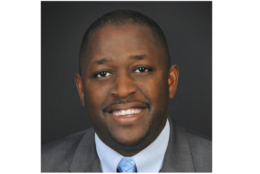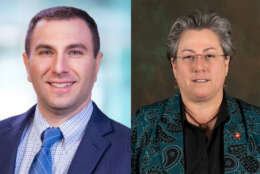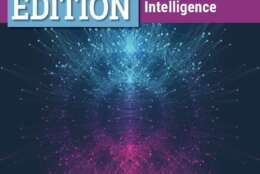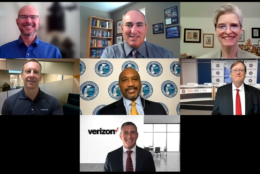SDFM The Business of Defense
-
During this webinar, you will learn how top government technology executives from the Department of the Air Force, Small Business Administration and the Defense Intelligence Agency are addressing the challenges and opportunities around data analytics at the edge.
July 27, 2021 -
Hosted by Dr. Richard Shurtz and Jim Russ. Sponsored by Stratford University. Why it isn’t possible to save money by building a laptop instead of buying one at retail. And we tell the story of the English engineer who designed and built Colossus, the world's first programmable electronic computer.
July 26, 2021 -
End points – smart phones, tablets, notebook PCs, even desktop PCs – form employees’ entry points to networks, applications and data. The rise in remote working and teleworking has made end points particularly attractive to cyber hackers, especially using ransomware attacks delivered through phishing campaigns.
July 26, 2021 -
The Office of Personnel Management, as it plans to “sprint toward the cloud,” has selected its provider in order to, on two fronts, shed its legacy data center and legacy network.
July 22, 2021 -
The federal government is coming around to the importance of data, and is in the process of making a significant amount of policy around how to fully leverage it. Not least among this new policy is the Defense Department’s five new “data decrees,” set out in a memo signed by Deputy Defense Secretary Kathleen Hicks in May. The memo, among other things, creates a data council for all DoD components to coordinate their activities, and to increase data sharing among the components.
July 22, 2021 -
As 5G is starting to roll out, telehealth may be breaking into a completely new plane. At Joint Base San Antonio (JBSA) the Air Force is testing capabilities that could be the future of medicine.
July 22, 2021 -
This content is provided by the Government Contract Pricing Summit team at ProPricer. The Defense Department is changing the way it’s contracting with industry. Whether it’s through new, faster contracting vehicles or through emergency authorizations…
July 22, 2021 -
This week, hosts Mark Masselli and Margaret Flinter speak with Dr. Garth Graham, Director, and Global Head of Healthcare and Public Health Partnerships at Google/YouTube overseeing the creation of credible health content – in partnership with multiple health institutions. They discuss their efforts to disrupt and remove health misinformation from their platform which receives 2 billion visitors per month. They talk about the partnership with the Biden Administration, the CDC, Harvard and England’s National Health Service to remove false information from the platform and drive visitors to credible health information about COVID-19 and all other health topics of interest.
July 22, 2021 -
Chris Rankin, the Energy Department's Nevada National Security Site's chief information officer and the director for information technology, said having a scalable, flexible and modern network is more important than ever.
July 22, 2021 -
If the pandemic proved anything, it’s that the federal government must rethink response and mitigation strategies for large-scale medical events. And it must make the necessary investments to ensure flexibility and resiliency.
July 21, 2021 -
Ransomware and cyber ransom attacks are gaining attention as they continue to wreak havoc on critical infrastructure and important networks. The attacks are likely part of the new normal when it comes to living in an increasingly connected cyber world, but that doesn’t mean that businesses and government agencies are helpless.
July 19, 2021 -
This exclusive e-book highlights some of these different ways agencies are taking more advantage of AI and ML tools to help exceed mission expectations.
July 19, 2021 -
During this webinar, you will learn how top government emergency communications executives from the Cybersecurity and Infrastructure Security Agency, Federal Emergency Management Agency and the Transportation Department are addressing the challenges and opportunities around emergency communications and public safety.
July 19, 2021 -
Hosted by Dr. Richard Shurtz and Jim Russ. Sponsored by Stratford University. How to recover saved passwords from Safari on iPhone. And we remember the American engineer most notable for the invention of the laser printer.
July 19, 2021 -
In this exclusive executive briefing, executives explore the factors that are important to improving customer experience.
July 19, 2021

